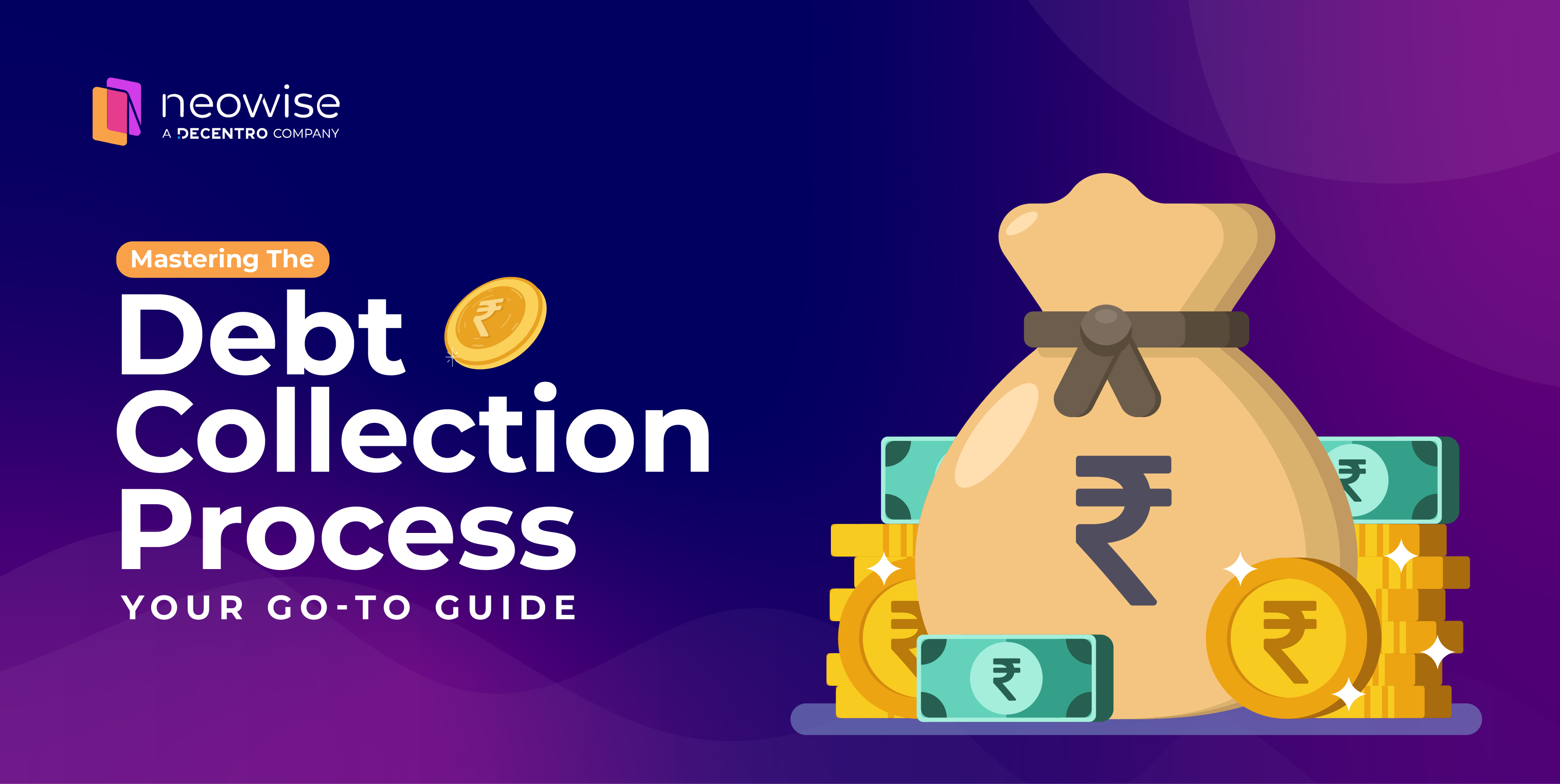Our in-depth guide to building a customer loyalty program. Dive into the traits of a successful program and a few challenges. Leverage Decentro’s Ledgers API and get started.
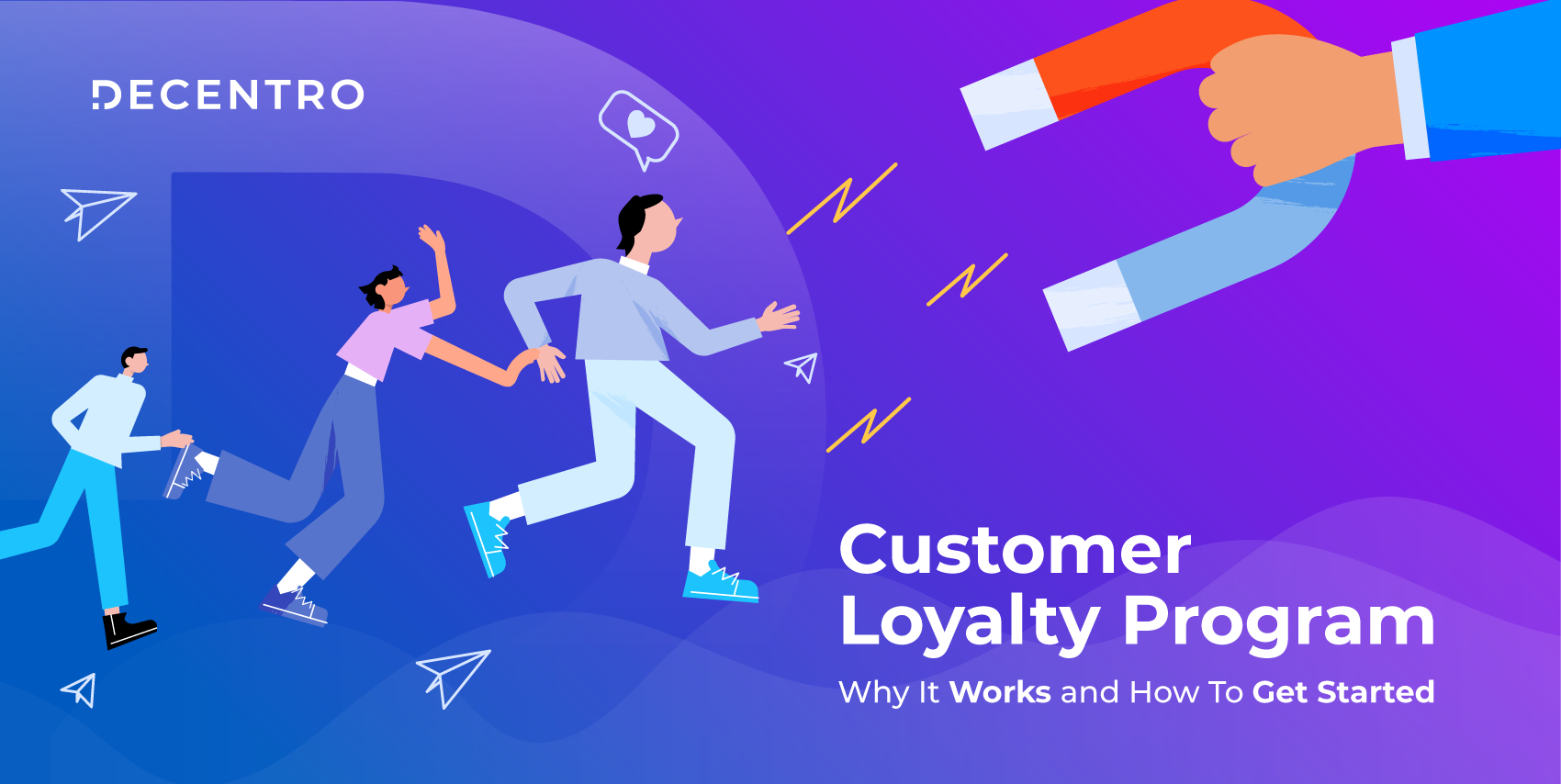
Customer Loyalty Program: Why It Works and How To Get Started
Avi is a full-stack marketer on a mission to transform the Indian fintech landscape.
Table of Contents
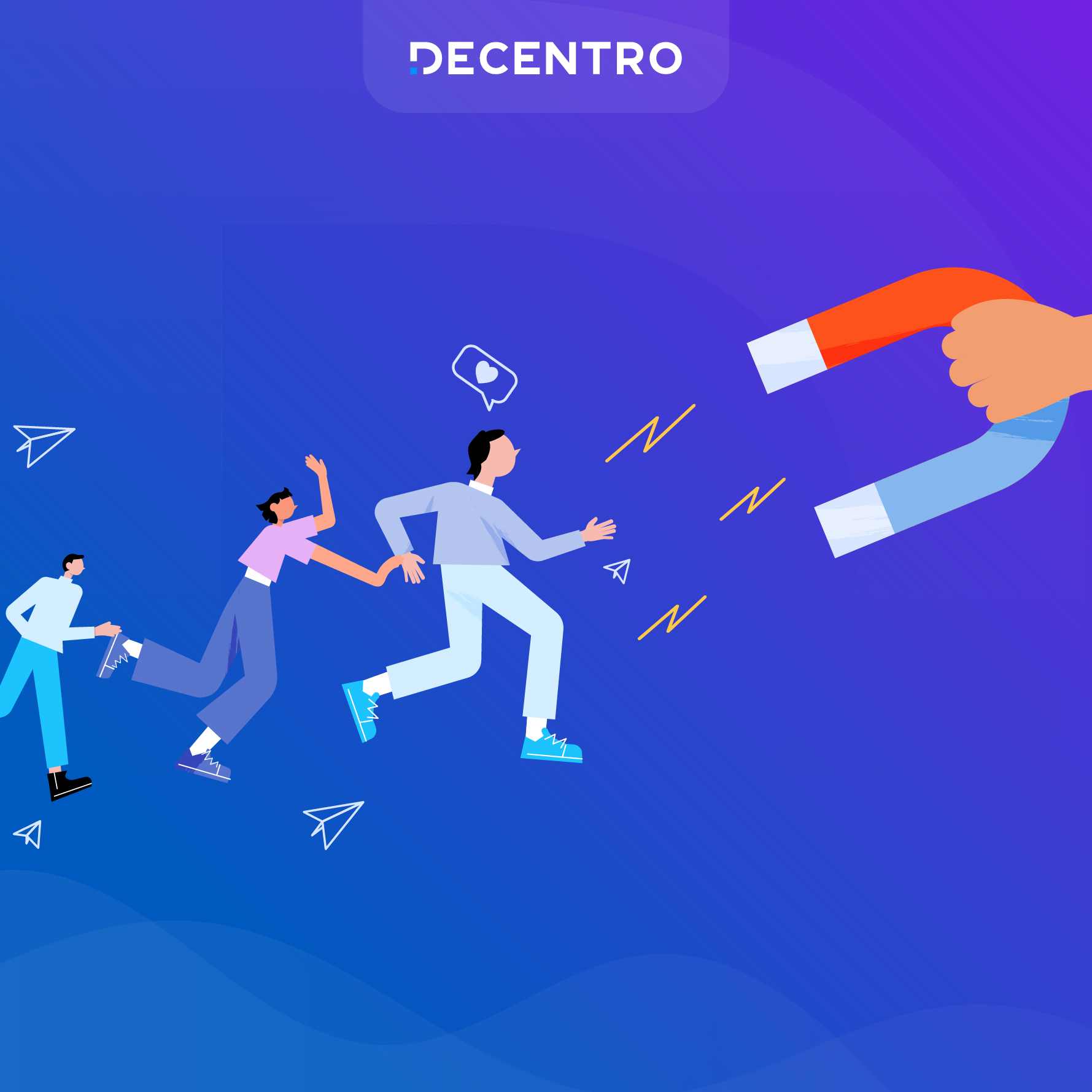
In the ever-evolving landscape of modern business, one thing remains constant: the importance of loyal customers. Customer loyalty programs have emerged as a pivotal tool for businesses looking to retain their existing customer base, attract new customers, and boost profitability.
The customer loyalty landscape today
As customer spending takes a dip due to a number of macroeconomic factors, customers are increasingly favouring savings, delaying purchases and opting for less expensive products. As a result, customer retention and loyalty have become the top priorities for several brands.
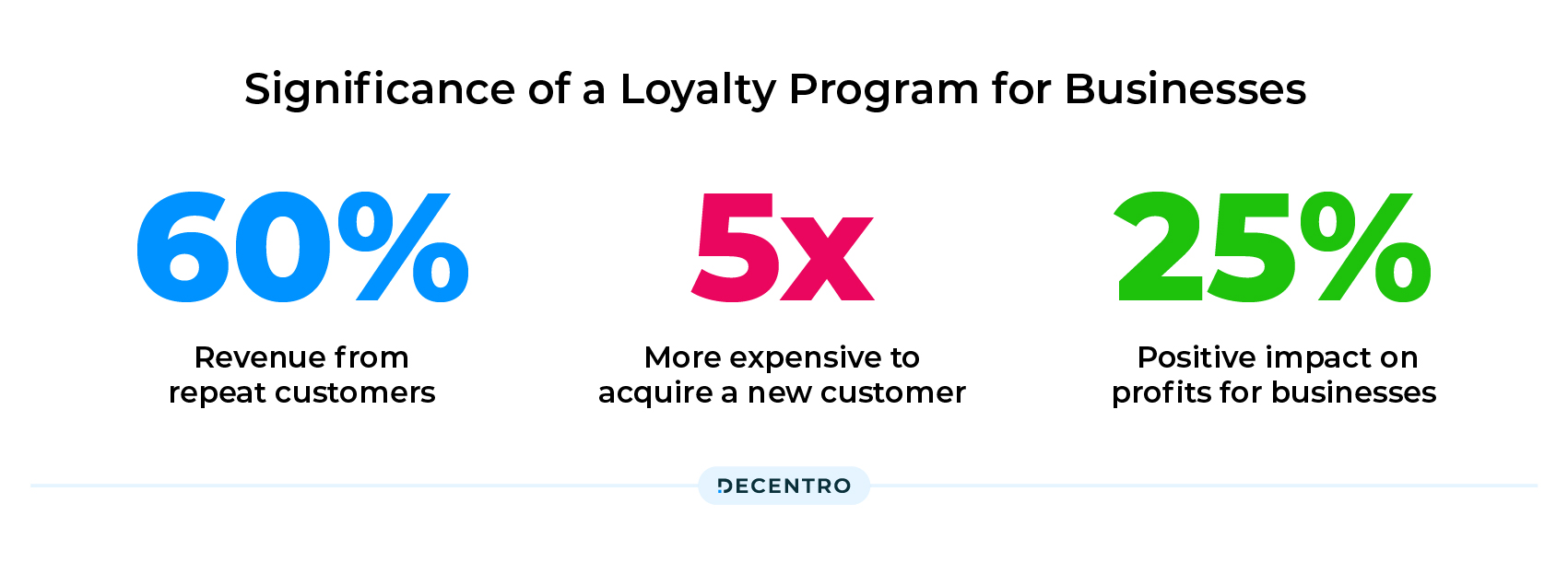
More than 30% of customers are still buying from their preferred brands despite the macroeconomic conditions and customers’ higher sensitivity to pricing. Time after time, this has highlighted the significance of a loyalty program for businesses.
- More than 60% of revenues for businesses come from repeat customers
- It is at least 5X more expensive to acquire a new customer than to retain customers
- Just a 5% increase in customer retention can have more than 25% positive impact on profits for businesses
This underlines the importance of driving customer loyalty as a constant business goal, not just a promotional gimmick.
Why customer loyalty programs matter

Imagine you’re running a marathon and have a choice between two paths. One is a never-ending uphill battle, while the other is a smooth, downhill ride. Your customers face a similar choice every day when deciding where to spend their money. A well-crafted customer loyalty program can be that downhill path, making it easier for your customers to choose your business over your competitors.
Here’s how customer reward programs help:
- Customer Retention: Loyal customers are more likely to return to your business. They’ve already had a positive experience and trust your brand to deliver again. Reward programs can help influence >80% of buyers to become repeat customers of a brand.
- Increased Spending: Loyal customers tend to spend more than new ones. They are more likely to explore your product range or use your services repeatedly. A reward program can have a 10-20% directly impact the customer lifetime value for companies.
- Word-of-Mouth Marketing: Satisfied and loyal customers become your brand advocates. They recommend your business to friends, family, and colleagues, providing free word-of-mouth marketing. Loyalty programs can drive as much as 50% of customers to buy products from a single brand.
- Stability in Revenue: Loyal customers provide a stable source of revenue. During economic downturns or seasonal fluctuations, they are more likely to continue supporting your business.
Types of customer loyalty programs:

There isn’t a one-size-fits-all approach to loyalty programs. The right program for your business depends on your industry, target audience, and, most importantly, goals. While most companies stick to one or two loyalty programs, many try a combination of more than two programs to incentivise customers more effectively. Here are some popular types of customer reward programs:
- Points-Based Programs: Customers earn points for each purchase, which can be redeemed for discounts, free products, or other rewards.
- Tiered Loyalty Programs: Customers progress through different loyalty tiers (e.g., bronze, silver, gold) based on their spending. Each tier offers increasing benefits and rewards.
- Punch Cards and Stamps: Common in the restaurant and coffee shop industry, customers receive a stamp or punch for each purchase. After a set number of stamps, they get a free item.
- Subscription Programs: Customers pay a regular fee for exclusive access to discounts, early releases, or premium services.
- Cashback Programs: Customers receive a percentage of their purchase back in the form of cash or store credit.
- Referral Programs: Customers are rewarded for referring new customers to your business.
Traits of a successful customer loyalty program:

Creating a successful customer loyalty program requires understanding the needs of the modern customer and providing a variety of offers based on personalisation and buying behaviour.
Starbucks Rewards is one of the most successful reward programs, with 28.7 million active members. The program has also seen 16% YoY growth for Starbucks.
The program works so well for Starbucks and its customers for a few key reasons.
- Building an intuitive program – Starbucks constantly keeps taking feedback from its customers and then adds or removes any feature based on the same.
- Variety of payment options – Starbucks has included a number of payment options for its customers to be able to have a wide variety of payment options available while purchasing a coffee.
- Personalisation – By personalising the rewards for customers, their loyalty program has been able to contribute 40% of overall sales for Starbucks.
- Mobile Integrations – The Starbucks loyalty program mobile app can integrate with a number of other mobile apps such as Spotify and offers free music and games as part of the program.
Therefore, the question is, what makes a customer loyalty program successful?
Here are some key traits for a successful customer reward program that have worked for various businesses.
- Clear and Valuable Rewards: Define valuable and relevant rewards to the target audience. Conduct surveys or analyse purchase history to understand what customers truly desire.
- Personalisation and Customer-Centric Approach: Leverage data analytics to segment the customer base and tailor rewards and communications accordingly. Sending personalised offers and recommendations based on individual preferences and behaviour can also be helpful.
- Engaging and User-Friendly Experience: Develop a user-friendly mobile app or website where customers can easily enrol, track their progress, and redeem rewards. You can gamify the experience by incorporating elements like progress bars, badges, and exclusive challenges.
- Effective Communication and Engagement: Establishing a multi-channel communication strategy, including email, SMS, social media, and in-app notifications. Regularly update customers on their loyalty program status and inform them of upcoming rewards or special offers.
Getting started with your first loyalty program
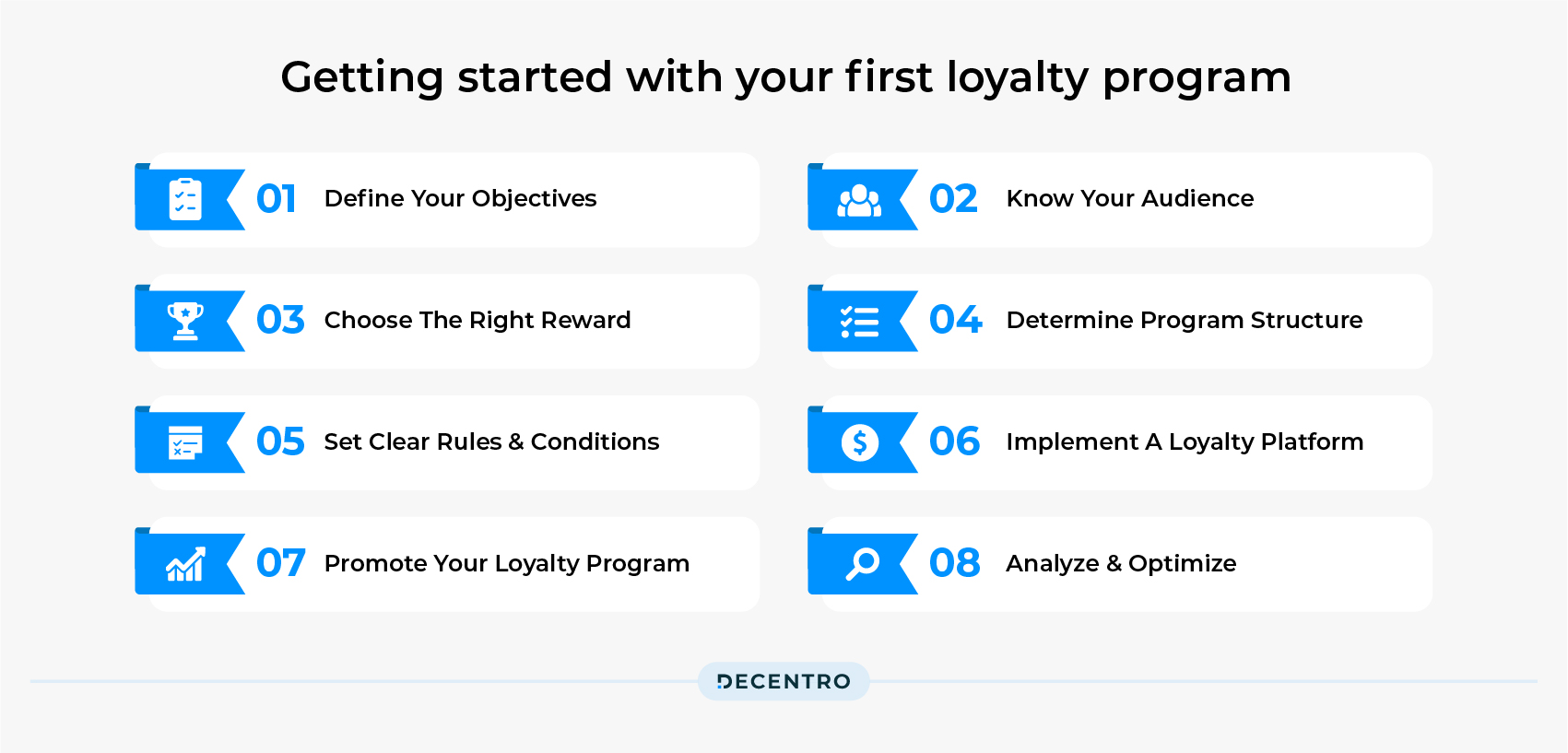
A well-crafted loyalty program can be a game-changer in today’s competitive business landscape. It not only retains existing customers but also attracts new ones. Here’s a step-by-step guide to create your first loyalty program:
1. Define Your Objectives: Determine what you want to achieve with your loyalty program. Clear objectives will shape your program’s design.
2. Know Your Audience: Understand your target audience’s preferences and behaviors. What motivates them? What rewards would they find enticing? Tailor your program to meet their needs and desires.
3. Choose the Right Rewards: Select rewards that align with your audience’s interests and your business goals. Options could include discounts, exclusive access, free products, or even charitable donations.
4. Determine Program Structure: Decide on the structure of your program. Will it be points-based, tiered, or a punch card system? Consider the simplicity and ease of use for your customers.
5. Set Clear Rules and Conditions: Create transparent rules for earning and redeeming rewards. Ensure customers understand how the program works, including eligibility criteria, expiration dates, and any limitations.
6. Implement a Loyalty Platform: Choose a loyalty management technology or platform that aligns with your program’s needs. It should be capable of tracking customer activity, managing points or rewards, and providing valuable insights.
7. Promote Your Loyalty Program: Launch your program with a bang. Use various marketing channels to create awareness, including email campaigns, social media, and your website. Emphasize the benefits of joining and participating.
Bonus Step: Analyze and Optimize:
Continuously monitor the performance of your loyalty program. Collect and analyze data to assess its effectiveness. Use insights to make adjustments, refine your rewards, and keep the program engaging and valuable.
Remember, a well-executed loyalty program can foster long-term relationships with your customers, driving sales, brand loyalty, and advocacy. So, invest time and effort into creating a program that resonates with your audience and aligns with your business objectives.
Challenges in building an effective loyalty program

Numerous companies have failed to create effective loyalty programs mainly due to the complexity of combining data, infrastructure and the right tools for managing the customer journey.
- Data – The database maintenance costs for creating, running and scaling a loyalty program can easily run into several thousand to even a million dollars. Moreover, as the reward program grows, the complexity of maintaining the data will grow 10X with time. Increased data complexity can also lead businesses to be unable to leverage the data to their advantage or have insights into their customers’ consumption patterns.
- Interoperability – More than 80% of existing loyalty program members today want to be incentivised through a vast number of actions and prefer a personalised approach with control over where and how to redeem reward points. Coming to larger organisations, offering multiple redemption options can run into significant problems as different business lines work in silos. Therefore, a single source of truth can accelerate the customer stickiness for the rewards program and also increase consumption with an increase in the number of options available.
- Reconciliation – Loyalty points reconciliation is a multifaceted process that presents significant challenges. One of the primary complexities arises from the diverse ways customers can earn and redeem points, with options ranging from purchases to referrals and social media engagement. Also, tracking customer spends in real-time, assigning scores to each spend unit, and tracking crucial data points like expiry can become a major blocker leading to dropoffs.
How Decentro’s Ledgers can help you build an effective Loyalty program
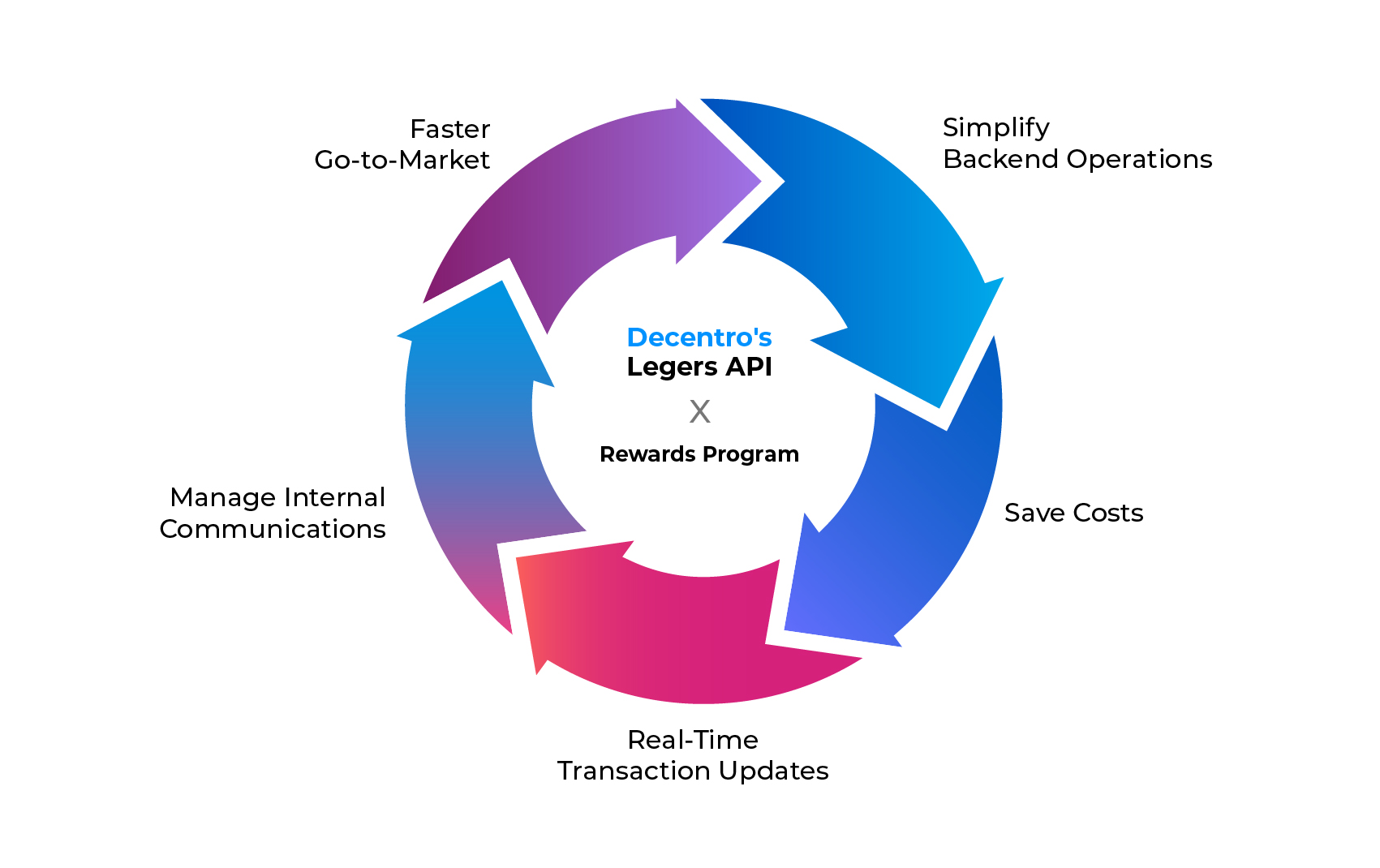
New-age businesses aiming to run loyalty programs must merge loyalty data and technology to gain an edge. The right solution should enable businesses to:
- Simplify backend operations and save costs.
- Enable businesses to get real-time updates on every transaction and communicate with their internal systems and customers.
- Support a variety of rewards, including cashbacks, coins, and others, without significant infrastructure costs.
Looking for a solution that can do all of the above and more for your customer loyalty program? You don’t have to look any further.
With Decentro’s Ledgers, you can now create ledger accounts to track and maintain your reward programs. With Ledgers, you have an immutable storage platform built for records of money movement.
Ledgers can help your loyalty program with:
Engineering and infrastructure: Using Decentro’s Ledger module, you can significantly reduce your time-to-market, resulting in 8X ROI for your loyalty program.
- You can use Decentro’s platform capabilities without any need to build an infrastructure from scratch. This can save your infrastructure and database maintenance costs by 10X and help you get started with your loyalty program in 2-4 weeks.
- You can also use Ledgers for data modelling to delve deeper into customer analytics, helping you understand your customer consumption patterns better and use data to create the right reward mix for your loyalty program members.
Feature Building: Ledgers can also help you boost your customer retention strategy and your customers’ lifetime value by helping you add a number of features to your loyalty program.
- Ledgers can help you build any kind of loyalty program – points-based, frequency-based, among others. You can also build complex points redemption logic, helping your business build interoperability into the core of your loyalty program and launch your own omnichannel brand loyalty program with touchpoints across multiple channels.
- Decentro’s Ledger module can support global currencies, including USD, JPY, INR, etc., while supporting virtual currency with the ability to segregate loyalty points or ‘coins’ with ledgers so that the maximum number of services within your ecosystem can be availed.
Operations: Ledgers can seamlessly build reward points reconciliation into your loyalty program while simplifying your backend operations.
- Using Ledgers, you can structure your redemption parameters and offers and reconcile reward points to analyse consumption patterns better. This can help you increase your member base exponentially and engage them consistently to drive repeat business.
- Ledgers can also enable you to communicate real-time updates to your customers while also setting up notifications for events like points expiration.
- Large enterprises with multiple business lines can use Decentro’s Ledger module to maintain a single source of truth across their business lines and support multiple formats like cashbacks, coins, etc.
Wrapping up
It’s time to rethink how companies build and operate their loyalty programs.
Decentro’s Ledgers module can help you build your first rewards program and add intelligence and retention to your loyalty program from day one.
We have enabled the customer journey of a large aggregator of eyewear brands in India using our Legders module to build their unified loyalty & rewards layer across the chain and integrate it across their entire value chain.
That’s not all; a last-mile hyper-local delivery company in the Middle East has also signed up for Decentro’s Ledgers module to build its unified customer loyalty program for consumer purchases and integrate several touchpoints into it.
And now YOU can also explore these offerings for an in-depth understanding of the integration.
And there you have it, folks! We’ve unravelled the secrets of using ledgers for loyalty management, and with the help of Decentro’s Ledgers module, it’s never been easier.
So, take the leap, watch your customer loyalty soar, and let the ledger-ledger of success be in your favour.


